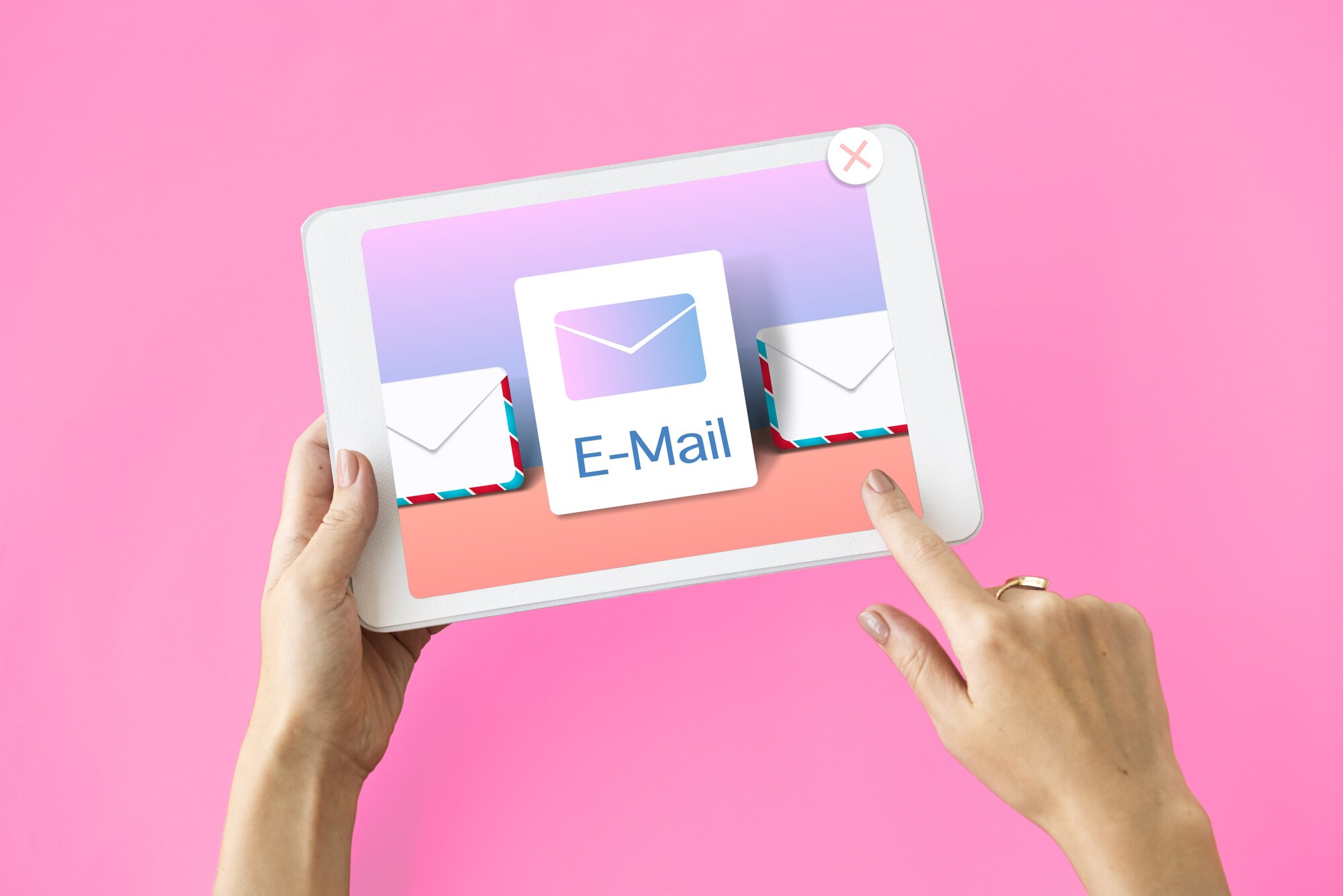In order for a business to grow, the product or service offered must be sold or used by many people. Then, how can a product or service be used by many people? Of course, you must do marketing with several existing strategies. A product marketing strategy itself is a strategy designed to promote or market a product or service with various sales processes in it.
Reasons for Implementing a Product Marketing Strategy
The reasons why you need to implement the following product marketing strategies.
Can Know the Appropriate Target Market
Because you can't sell a product or service to everyone, then by implementing a product marketing strategy, you can find out who your target market is clearly and specifically. As a small example, you are a seller who wants to offer car cleaning soap to many people in a shop with a strategy of giving a 50% discount. When selling, it is likely that not everyone will buy the products you sell, but only a few of them are potential customers who have cars with the gender characteristics of these consumers more men than women. Well, from that you can find out the appropriate target market.
Easy to Persuade Target
After knowing the intended target market, the product marketing strategy aims to influence or persuade so that the products or services offered can be sold. This persuasion is tailored to the culture, habits, and characteristics of the target.
More Focused Coordination
The reason why product marketing is important is to create clearer coordination between teams so that it is easier for each team to set a strategy or next step in running a business with the same perception and goals.
Things to Consider Before Implementing a Product Marketing Strategy
Before implementing a product marketing strategy, you should consider the following so that the business you run can achieve the target.
Pay Attention to Product and Service Quality
Before implementing a product marketing strategy or marketing process, be sure to pay attention to quality and service. By having quality products or services, marketing strategies are also easier to implement and can even exceed the desired target due to good sentiments that can encourage other consumers to buy or use the services offered.
Pay Attention to Competitor's Strategy
Next is to pay attention to the strategies of competitors. If the business you run is exactly the same as your competitors, you should make innovations so you don't lose competitiveness. On the other hand, if competitors duplicate your business, you must strengthen your marketing strategy so you don't lose customers.
Making the Right Target
Before implementing a marketing strategy, it's a good idea to set the target of the strategy. However, a note that the targets set remain realistic and have clear measurements. We recommend that the marketing target use the SMART principle (Specific, Measurable, Actionable, Relevant, and Time-bound). Here's the explanation
- Specific: The targets set must be clear and specific and focus on 1 goal
- Measurable: Target can be measured with certain parameters
- Actionable / Achievable: Targets must be realistic and possible to do according to available resources
- Relevant: Targets must be in line with the company's mission
- Time-bound: There is a clear and determinable deadline from strategy to achievement.
Mapping the Consumer Journey
Before setting a strategy, it is also recommended that you map out the consumer journey. Basically, sales are usually carried out from several stages ranging from brand awareness, consideration in buying, purchasing, appraisal, and repurchase (retention). Before carrying out a marketing strategy, make sure the promotions designed are tailored to the consumer journey. For example, when consumers enter into brand recognition, then you can do promotions that are soft selling. Then when you enter the consideration stage, you can carry out promotions that convey the advantages of the product by providing quality services. After becoming a part of the consumer, you can carry out hard selling promotions to encourage consumers to repurchase and become loyal consumers.
Choosing the Right Marketing Media
The last is choosing the right marketing media. There are several media that you can use to carry out a product marketing strategy as follows.
- Digital Marketing

The first media that can be chosen is Digital Marketing. This media can be done through social media or search engines with the method that marketers will pay the price that has been bid with the ad space provider. The hope is that advertisements can appear on the target's social media homepage or appear when potential consumers are looking for something related to the products you offer.
- Social media
The second medium is social media. Apart from being able to run for a fee, social media can be a channel or platform that can be used to increase brand awareness, provide information, complaint centers, and process transactions organically.
- SEO
SEO itself is Search Engine Optimization which is the process of getting traffic from organic searches on search engines or search engines. Therefore, companies usually provide special portals in the form of websites or blog pages to optimize the keywords that are most sought after by consumers to get traffic.
- Earned Media
Next is earned media. There are several media used to market products on this channel, such as radio, television, banners, word of mouth, testimonials, to cooperation agreements with other brands or brands.
- Telemarketing

This product marketing media is still quite effective and is still widely used by several companies. The concept of product marketing is through telephone lines or web conferences where the seller will offer the product or service offered. If you agree, then the next process can be continued with the purchase of products or services.
- Inbound Marketing
Inbound marketing is a business strategy that is used as a medium for long-term marketing strategies where the seller will provide relevant messages or information according to consumer needs in the hope that consumers feel served and become loyal consumers.
- Referral Program
The next is the referral program. This media uses the concept of attracting customers through customers. Customers who succeed in getting or persuading potential customers to become customers in a company, then customers will get benefits in the form of incentives and so on.
- Conversational Marketing
Conversational marketing media can be found if a company has a site with a menu or chat feature with robots to ask basic questions about products or problems they are experiencing.
- Email Marketing

Email marketing media is also still often used by several large companies. Email marketing is used as a means to persuade consumers to repurchase, provide promotional and product information, and provide certain rewards.
- Transactional Marketing
The last type of marketing strategy is transactional marketing which relies on shopping coupons, discounts, events, or activities that can attract consumer interest and increase brand awareness.
That is an explanation of information about product marketing strategies that you or your company can implement to achieve sales targets so that it can have an impact on the smooth running of the business in the future. From the information above, which type of product marketing is suitable for your business?